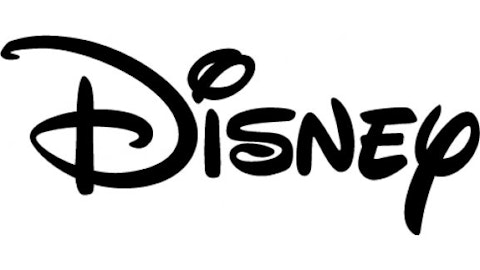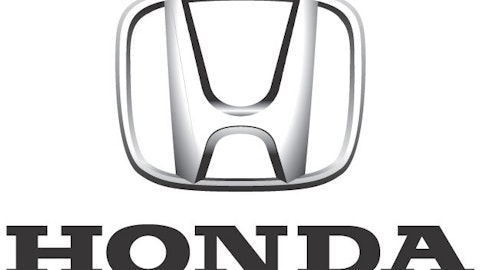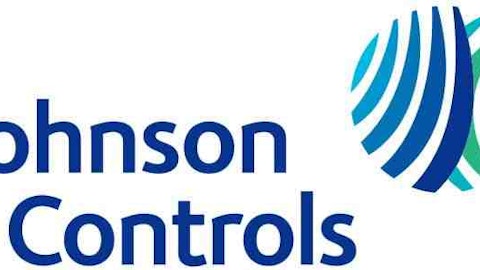It isn’t hard to understand why Suzuki failed to excite the American consumer: It focused on compact cars with low price points. That’s the same area all the majors now focus on, including Ford Motor Company (NYSE:F), General Motors Company (NYSE:GM), Honda, and Toyota Motor Corporation (ADR) (NYSE:TM).
Unfortunately, Suzuki offered little to no differentiation on fuel-efficiency or cabin room from similarly priced compact U.S. vehicles. And it stood near the middle of the pack when it came to vehicle dependability ratings from J.D. Power and Associates in 2013, while trailing well behind Honda and Toyota Motor Corporation (ADR) (NYSE:TM). In other words, there was no reason for the American consumer to ever choose a Suzuki, since better options were almost always available.
In the interim, Suzuki will focus on its core Japanese market, where it and Toyota’s Prius dominate. But even in its home market, its market share may not be safe. If Suzuki is to stick around and remain relevant, it’ll need to add some pizzazz to its lineup and improve upon its vehicle dependability ratings. Otherwise, it, too, may just vanish.
Jaguar
Jaguar’s had a steady ride downhill for roughly the past decade. Since Ford Motor Company (NYSE:F) sold it to Tata Motors Limited (ADR) (NYSE:TTM), Jaguar’s U.S. sales have declined from the 61,204 units it sold in 2003 to its current pace in 2013 of approximately 16,700 units.
Unlike the previous two automakers, Volvo and Suzuki, differentiation has never been Jaguar’s issue. Instead, its vehicles’ dependability, and the way the company has typecast them to appeal to a narrow audience, have always held back its sales.
According to the same J.D. Power and Associates vehicle dependability report, Jaguar places sixth from the bottom in dependability ratings, yet is among the priciest car brands on the list. The value-to-dependability ratio for Jaguar has been skewed for a long time, and it’ll need to be fixed if the brand has any chance of a global turnaround.
In fairness, Jaguar’s new F-Type looks pretty sharp. It’s a stark departure from the brand’s stoic and almost archaic car lines in the past.

Source: John Wycherley, Wikimedia Commons.
The price point, with an MSRP of $69,000, still speaks to the high-end luxury you’d expect from Jaguar, but the overall design adds uniqueness and style that will appeal to a younger generation — something the brand has failed to do on numerous occasions in the past. However, if Jaguar doesn’t completely reinvigorate its U.S. and global sales with these new redesigns, then I have a suspicion it’ll only be a matter of a couple years before the brand potentially disappears.
The takeaway
Ultimately, Tata Motors Limited (ADR) (NYSE:TTM) may find itself at a crossroads, with Land Rover sales surging in recent months and Jaguar sales sputtering for the majority of the past decade. As an investor, I would take Tata’s renewed faith in Jaguar with a grain of salt and strongly suggest investors stick to the sidelines until the new Jaguar line proves its worth.





